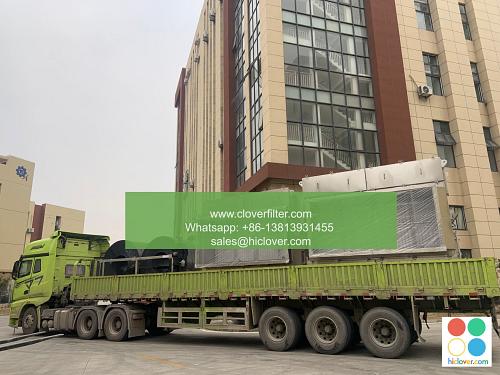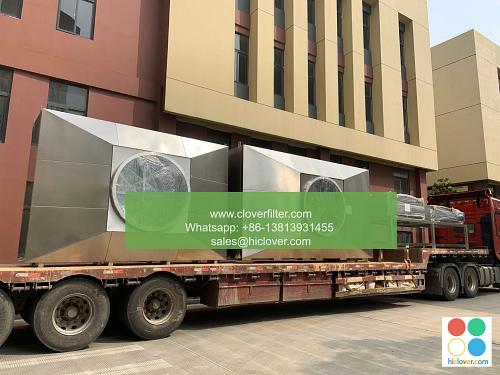Air Filter Technology: A Review of Recent Advances

Air filter technology has undergone significant transformations in recent years, driven by advancements in materials science, nanotechnology, and computer-aided design. This article provides an overview of the latest developments in air filter technology, highlighting various application areas, including indoor air quality improvement, industrial pollution control, and medical device filtration.
Introduction to Air Filter Technology
Air filters are devices designed to remove particulate matter, gases, and other contaminants from the air. The filtration process involves the use of a porous material, such as a membrane or a fibrous medium, which traps particles and allows clean air to pass through. Recent advances in air filter technology have focused on improving the efficiency, selectivity, and durability of air filters, enabling their use in a wide range of applications, from heating, ventilation, and air conditioning (HVAC) systems to medical devices and industrial processes.
Advances in Air Filter Materials
The development of new materials with enhanced filtration properties has been a key driver of innovation in air filter technology. Some notable examples include:
- Nanofibers: These ultra-fine fibers have been shown to exhibit superior filtration efficiency and pressure drop characteristics compared to traditional microfibers.
- Graphene: This highly conductive and flexible material has been explored for its potential in air filtration applications, including the removal of volatile organic compounds (VOCs) and particulate matter.
- Zeolites: These porous minerals have been used to develop high-performance air filters capable of removing gases and vapors from the air.
Applications of Air Filter Technology
The recent advances in air filter technology have enabled the development of innovative solutions for various application areas, including:
Indoor Air Quality Improvement
Air filters play a critical role in maintaining good indoor air quality by removing particulate matter, gases, and microorganisms from the air. Recent developments in air filter technology have focused on improving the efficiency and cost-effectiveness of air filters for residential and commercial applications.
Industrial Pollution Control
Air filters are used in various industrial processes to control air pollution and prevent the release of hazardous substances into the environment. Recent advances in air filter technology have enabled the development of high-performance air filters capable of removing particulate matter, gases, and vapors from industrial exhaust streams.
Medical Device Filtration
Air filters are used in medical devices to remove microorganisms and particulate matter from the air, preventing the spread of infections and ensuring the safety of patients and healthcare workers. Recent developments in air filter technology have focused on improving the efficiency and sterility of air filters for medical applications.
Conclusion
In conclusion, recent advances in air filter technology have enabled the development of innovative solutions for various application areas, including indoor air quality improvement, industrial pollution control, and medical device filtration. The use of nanofibers, graphene, and zeolites has improved the efficiency, selectivity, and durability of air filters, enabling their use in a wide range of applications. As air filter technology continues to evolve, we can expect to see the development of even more innovative solutions for improving air quality and preventing air pollution. It looks like you didn’t provide a prompt. What would you like to talk about or ask? I can help with a wide range of topics, from science and history to entertainment and culture. Give me a starting point, and I’ll do my best to assist you!


